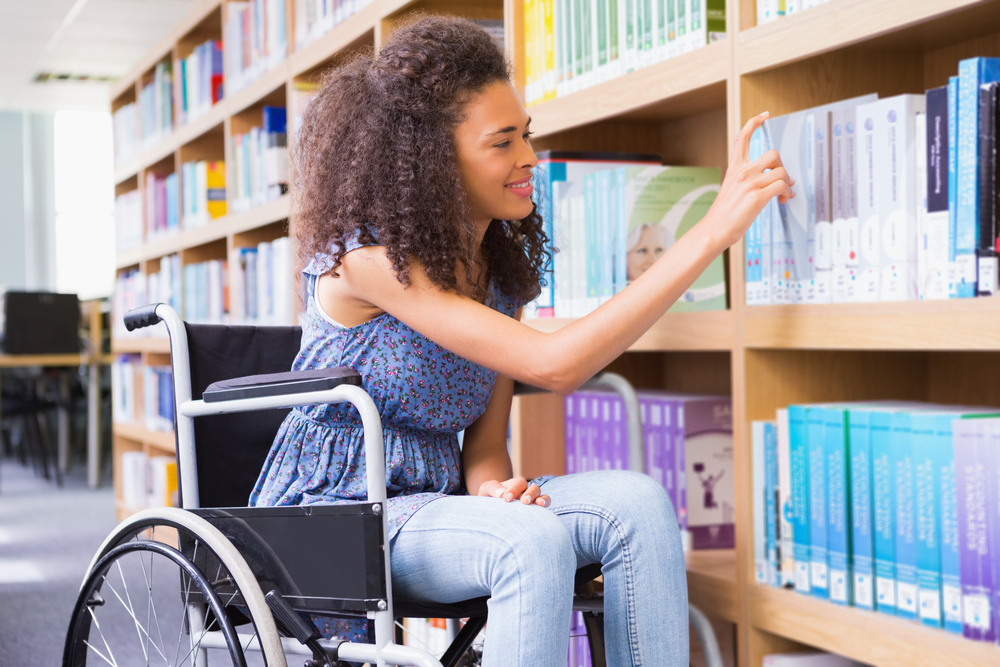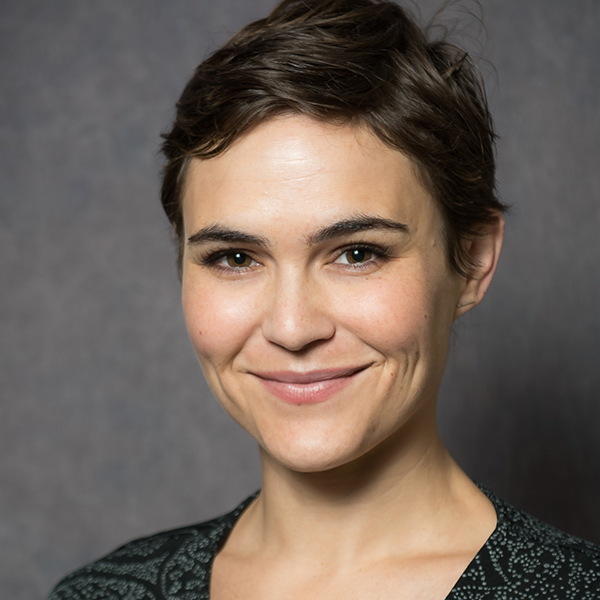
wavebreakmedia/Shutterstock
.
Owing to increased attention during recent decades, few professionals who are interested in the well-being of youth remain unaware of the challenges faced by the more than 25,000 young people exiting the foster care system each year. It is known that it is rare for these youth to pursue college, and that those who do will experience difficulties within the college environment.
What is often overlooked, however, are commonalities among youth who are aging out and how these commonalities can instruct the ways in which we support youth in their pursuit of higher education. One of these commonalities is the experience of disability.
While estimates vary, approximately half of youth in the U.S. child welfare system have a disability. Because youth with disabilities are less likely to find an adoptive home, they are also over-represented among youth aging out of care. Recent estimates indicate that nearly half of youth in foster care at age 17 are living with a disability, the majority of whom have an emotional or behavioral disability diagnosis.

Leah Cheatham
As a university professor who studies both disability issues and youth well-being, I have been particularly interested in the prevalence of disability issues among youth in foster care. One may be wondering how disability relates to experiences of foster care alumni in a higher education environment.
Before addressing this question, it’s important to first recognize the ongoing challenges faced by youth with disabilities in pursuing and persisting within higher education. Youth with disabilities consistently lag behind their nondisabled peers in accessing higher education. For instance, research shows youth with disabilities are half as likely to graduate high school or enroll in higher education compared to the general population.
Furthermore, youth with emotional and behavioral diagnoses are less than half as likely to graduate high school when compared to youth with specific learning disabilities. The reasons underlying these achievement gaps are complicated, as they likely involve interactions among multiple systems (e.g., educational systems or transitional services), resources (e.g., financial, familial or personal), and abilities (e.g., disability diagnoses). Researchers and policymakers are admittedly still trying to understand what works in higher education for these unique populations of students; yet, we have some ideas about how to best support both these populations as they consider enrolling in college and once they’re on campus.
Encourage them to apply to college
It sounds simple, but one of the best ways we can tackle low rates of college enrollment within both these groups of students is by communicating high expectations of them — early and consistently. Research investigating trends both in foster care and in special education suggests that often these youth are not encouraged to consider higher education.
One particularly relevant study reported that within the special education system, individualized education plans (IEPs) of youth in foster care were consistently weaker along multiple dimensions (i.e., goals, target dates, independent living and post-secondary education preparation) compared to youth who were not in foster care. Other studies of youth transitions into college identify parental and self-expectations as key determinants of enrollment.
If we, as caretakers, teachers, caseworkers and other involved adults, can come together to communicate expectations and encouragement around higher education to all youth, including those with disabilities and those in foster care, we will undoubtedly shift the mindset of many capable students who will begin to consider their futures in new and exciting ways.
We need to train youth to advocate
In addition to supporting all students’ educational aspirations, we need to train students to become effective self-advocates. Youth with disabilities aging out of foster care may find their self-advocacy skills to be underdeveloped, relative to their peers’. Basic abilities, such as articulating supports needed for personal success, are not well-nurtured during high school. This inattention to self-advocacy and self-determination leaves students in higher education settings challenged to identify resources to support their educational success.
Youth with disabilities encounter more placement changes in the system than do their peers without disabilities (Cheatham, 2016). With placement changes come school changes. If placement and school changes thwart students’ abilities to master general education curriculum (as we know they do), it would be wishful thinking to assume students are learning to articulate their accommodation needs. If we have any hope that these youth who have few natural supports to draw upon will be successful in college, we must emphasize self-advocacy and self-determination within high school curricula.
As students transition out of high school, they will be expected to lead their own education planning process, including requests for accommodation, financial supports and other critical life needs. Currently, we rely on child welfare staff and special education instructors to impart these skills to students. Broadening these conversations to a general student body can normalize conversations of difference, building a more inclusive and accepting environment (not to mention, training students with basic life skills!).
A number of resources exist to support self-determination and are easily accessible. While these skills benefit all youth, they are particularly critical to the success of youth in foster care and youth with disabilities as they consider higher education.
We must support them once they’re on campus
It is important for us to recognize the strength and determination of all students who succeed in being accepted into higher education. But students who have experienced foster care or who live with a disability need more than recognition of their accomplishments — they need campus allies. A number of campus-based programs across the country embrace this philosophy and strive to meet the needs of former foster youth. I have the privilege of working with one such program, Alabama REACH, at the University of Alabama. I also interact with many students who experience challenges relating to disability accommodations. As a result, I routinely converse about students’ needs and how we, at the university, can better support them.
One common theme that concerns me is stigma. In a world of suspended reality, where grades and social events are the priority for most of the student body, former foster youth and youth with disabilities must also focus on “real-life” issues, such as living independently, paying bills and negotiating accommodations to receive the education they deserve. Ultimately, these youth often feel estranged from the college experience. This sense of “otherness” on campus may challenge students in ways that affect their campus engagement and, ultimately, their retention.
If our aim is to see these students thrive on our campuses, we as faculty, staff and administrators must address these perceptions. There are a number of practical ways we can level the playing field for all students, including former foster youth and youth with disabilities. Suggestions include options for low-cost campus meals, year-round on-campus housing, as well as physical and virtual spaces that maximize accessibility for all students (e.g., meeting ADA and WCAG 2.0 standards). By designing a campus with student diversity in mind, we can retool our messaging to students (traditional and nontraditional, alike) about who “belongs” on campus.
After enduring the trials of foster care, we owe it to these youth to do everything in our power to support their future success. Education is a key lever by which we can influence youth’s later-life opportunities. As we continue to invest in these youth, through extended foster care supports (through age 21 in many states), college scholarship programs and campus-based support programs, we also need to remain grounded in the “basics.”
Sometimes, it’s the simple things that make the biggest difference. Encourage youth, help them find their voice and provide them with safe, welcoming spaces. These approaches, in tandem with financial and policy supports, will open the doors on campuses to a new group of diverse students with so much to offer.
Leah Cheatham is an assistant professor in the School of Social Work at the University of Alabama, where she teaches research and policy while focusing her own research on issues of disability, youth well-being and transitions into adulthood.
























